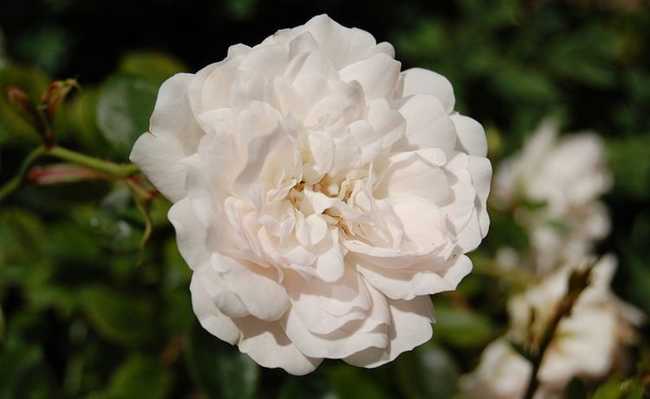Moon Phases: What They Are and Why They Occur
The lunar cycle lasts 29.5 days and is composed of four phases of the moon

Image of Cristiano Sousa on Unsplash
Planet Earth has only one natural satellite, the Moon. Despite being the second brightest body in the sky, the Moon has no brightness of its own, being illuminated by sunlight. As the Moon moves around the Earth during the month, it has four different aspects, which are the phases of the Moon. According to the luminosity, the Moon can be classified as full, waning, new or crescent.
Why do moon phases occur?
When rotating around the Earth, the Moon moves east in relation to the Sun. This modifies the incidence of solar rays that the lunar surface receives, also altering the way we see it from the Earth's hemispheres. During this path of rotation, it passes through four different stages, known as the phases of the Moon. Each phase of the Moon lasts approximately seven days, influencing the tides and some habits, such as cutting your hair.
Eventually, there is perfect alignment between the Sun, Earth and Moon, which gives rise to eclipses. A solar eclipse happens when the Moon passes in front of the solar disk, and can only occur during the new moon. A lunar eclipse occurs when the Moon passes through the Earth's shadow, which can only occur on a full moon. This transition between phases was used for counting time in antiquity, so many calendars were created based on the lunar cycle.
Moon phases
When executing its trajectory, there is a gradual change of phases, divided into four main stages. During the new moon, our natural satellite has its unlit face turned fully towards the Earth, so that it is impossible to observe. About a week after the new moon, half of the lunar disk becomes illuminated, characterizing the crescent quarter. During this period, the satellite is visible at dusk.
Two weeks after the new moon, the entire lunar disk is illuminated, marking the full moon. The satellite, being opposite the Sun, appears on the eastern horizon almost at the same time as sunset. Seven days after the full moon, the waning quarter takes place, in which the disk is again half lit. In this phase, the Moon becomes visible only at dawn.
Finally, its visible portion decreases until it becomes null, returning to the new moon phase. After these four phases, the cycle starts again, lasting about 29.5 days. A complete cycle of moon phases is called the lunar month. One of the important characteristics of the Moon is the synchronization of its rotation and translation, making the satellite always have the same face facing the Earth at any point on the planet.










